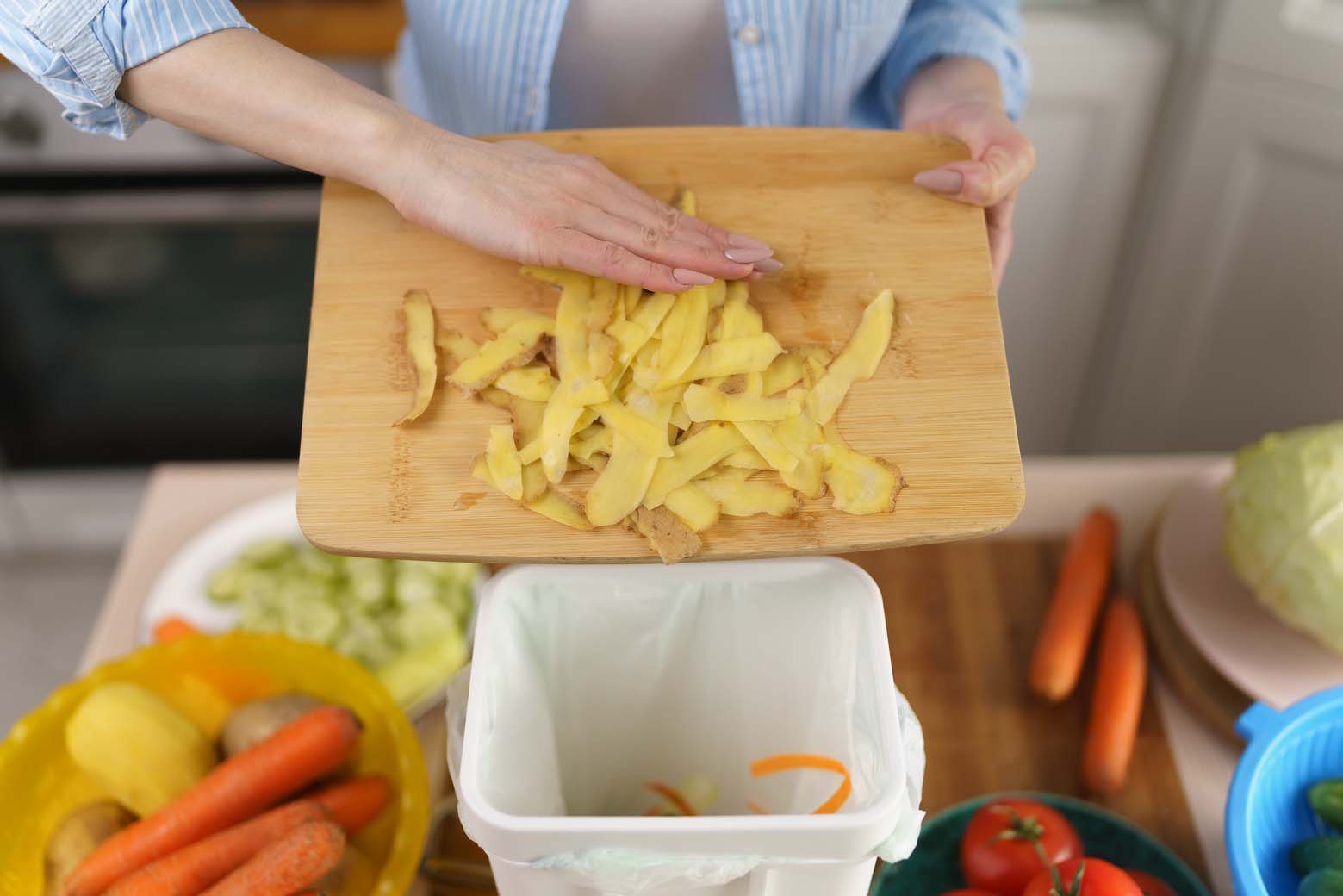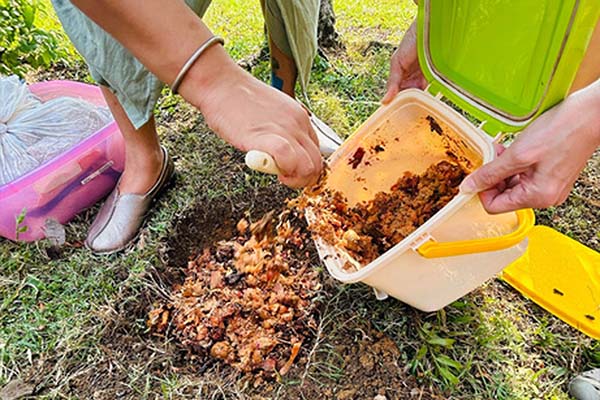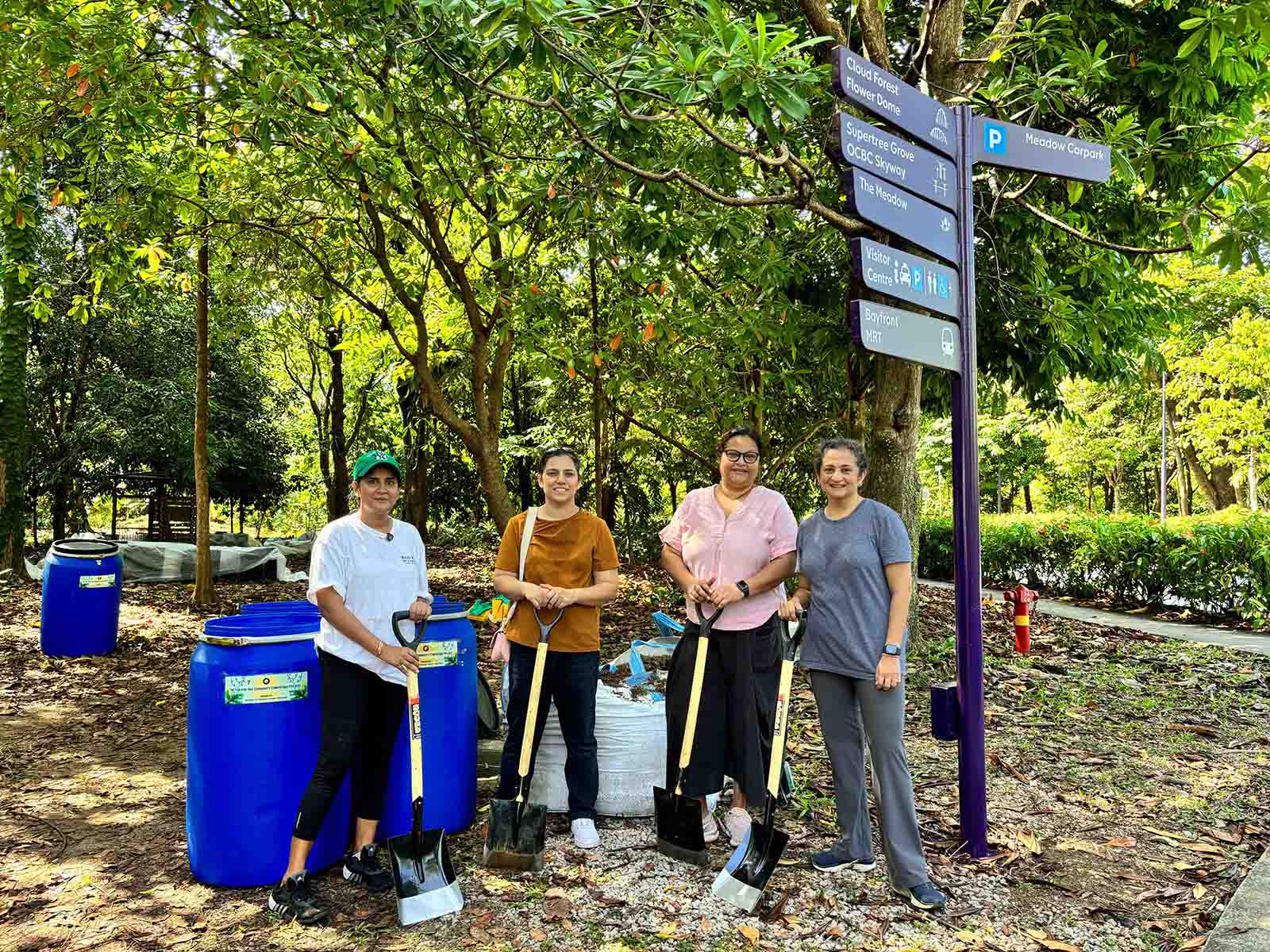
Step 1: Collection of food waste in an airtight bokashi bucket, and its fermentation

Step 2: Adding the prepared pre-compost post fermentation to soil- In the ground, in a soil pot., or a vermiculture pit.
Pros
- It can safely include a greater variety of food waste than hot composting, including meat, bones, dairy and cooked foods.
- It can be done mostly or entirely indoors, making it a good method for offices, schools, or apartments. The fermenting step is always done indoors, and the composting step can happen indoors or outdoors.
- Because the buckets are kept sealed, it reduces the risk of odours and pests, such as rodents and flies.
- Waste breaks down more rapidly than with most hot composting. Food waste can be reliably broken down into finished compost in 1-2 months.
Cons
- It requires regular additions of bokashi bran or another EM inoculant to work. This bran will have to be purchased or mixed at home.
- It is meant primarily for food waste. It does not have enough room to deal with grass clippings, leaves, or other yard waste.
- As the turnaround time for the compost to be ready is shorter (6 weeks as compared to 4 to 6 months), the bucket needs more frequent attention than an outdoor traditional composting pit.
Things you should and should not put in your Bokashi Bucket





